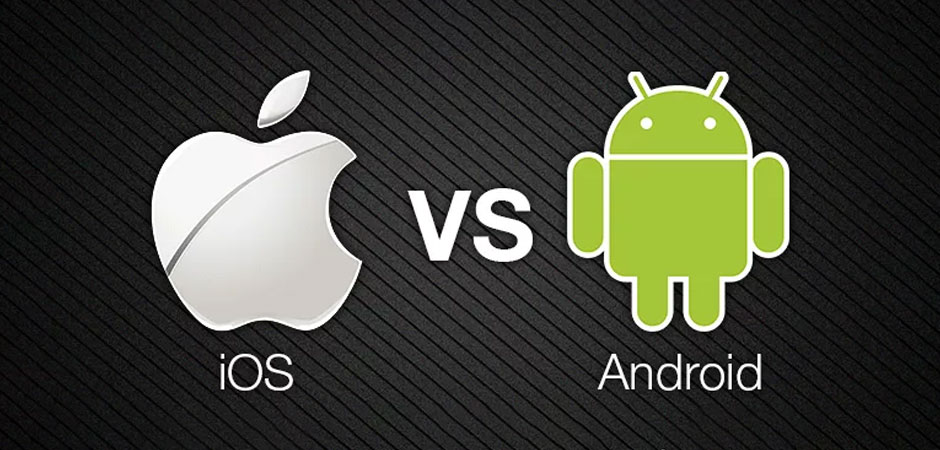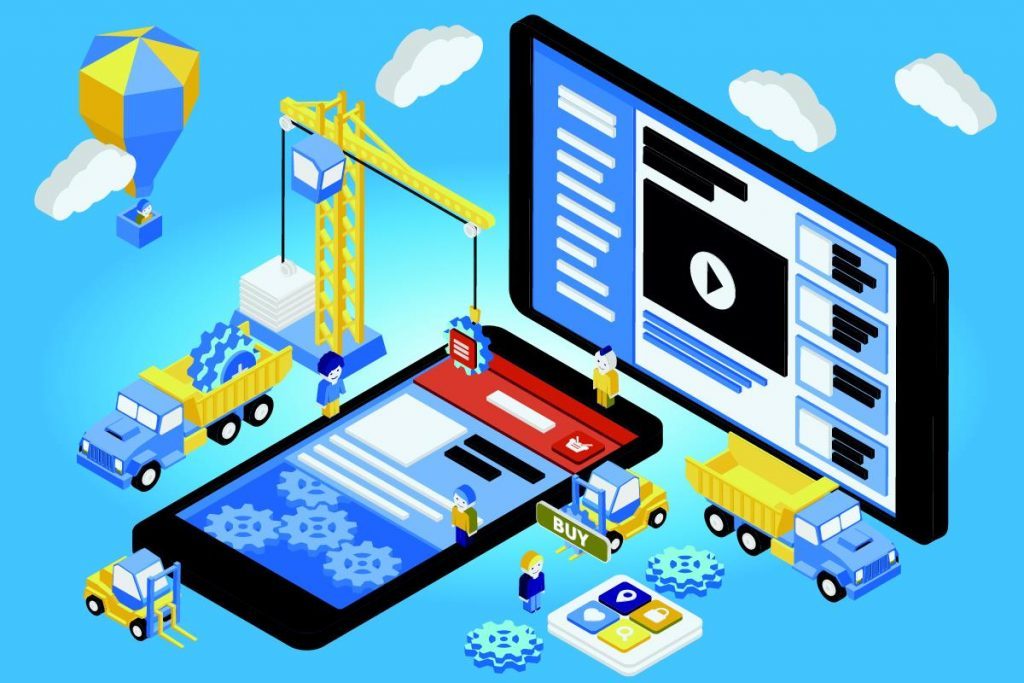
Yes, developing an application that works on both Android and iOS can be a real problem. For example, the UI / UX design approach for these two most popular mobile operating systems is strikingly different. When adapting an iOS application to work with Android, it is necessary to take into account both the technical features of the outsourcing mobile game development and the traditional user preferences. Each platform behaves in its own way and has its own programming idioms, so before starting to work, you should carefully examine what are the differences and what is the similarity.
Material design – a visual language for mobile applications running on the Android operating system – is the future of cross-platform design. It is notable for its peculiar use of the design workspace, a bold approach to the use of graphic elements, and informative movements that can serve as a hint about how the software works. For a novice developer it will be very useful to study it, no matter what platform it is going to work with. You may be willing to “please” both platforms, but in fact you need to choose one that will have higher priority. This choice is influenced by budget and target dates. When choosing a priority platform, you should choose the one that best meets marketing requirements. Who are your future users? What operating system do they prefer? Will the application be paid or free? Answers to these questions will help in choosing a platform for your application.
Depth of image and surface
Use modeling: run the model of the application that would best meet the conditions of the platform on which you work. Pay particular attention to creating the desired image depth and decide which platform best provides the properties you would like to receive. For example, to increase the depth in iOS, blur effects are used, while on Android this is achieved by shadows and surfaces.

Universal elements
Determine which universal elements (headings, status bars, search filters, etc.) will be placed on all pages of your application. They must be the same size, color and style in order for the application to look complete and uniform. We recommend developing a separate set of elements for each platform; use placeholders for each layout and make sure they do not change.
Touch screen response
The movements that the user uses to navigate and the response of the touch screen are essential elements. For example, when a user presses a button, in response, it is raised or enlarged.
The main differences that should not be forgotten
The most significant difference lies in the way the navigation line is implemented – in Android, the text is aligned, and in iOS it is centered. In iOS, logos are commonly used, which cannot be said about Android. On the other hand, the similarity of the status bars in which the base information is displayed (time, network indicator and battery level) speak in favor of unification. No special adjustments are required here, but the design must be done in such a way as not to cause confusion among users.
Action pick lists
Action pick lists allow the user to select different actions on a single interface element. For example, when you click on a picture, the user can select from the list the following actions: copy, upload, share or delete. The selection lists of actions for Android and iOS are similar (they are usually displayed at the bottom of the page, overlapping the current view), however, the approach to the way they are displayed and to achieve the desired image depth varies:
- The top layer in Android is indicated by more vivid colors and is highlighted by a small shadow.
- iOS does not use shadows; instead, the background layer becomes translucent.

You should always, first of all, focus on the user. If they are iOS users, even the best application written for Android may not be suitable for them; they will not understand the principles on which the application was developed and how to use it.